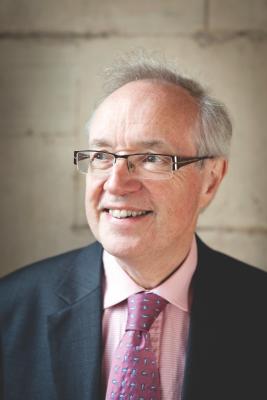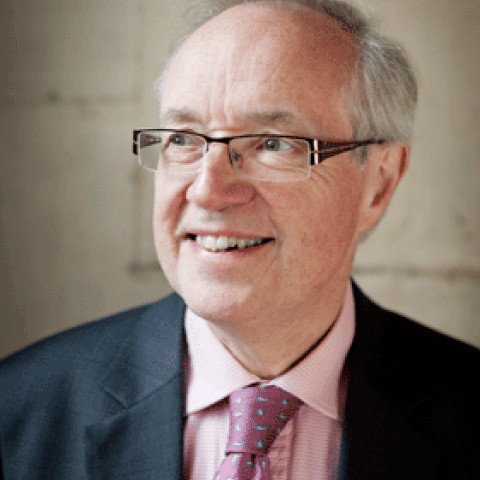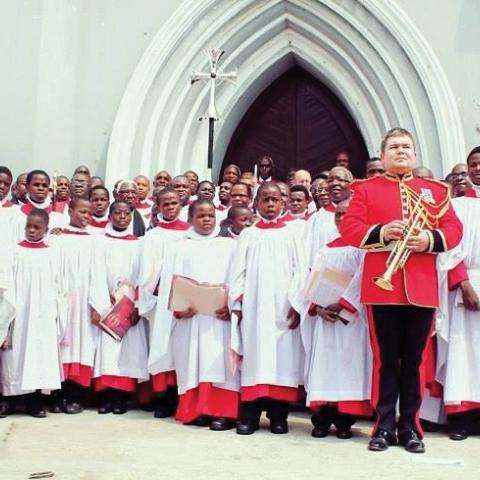
Nunc Dimittis
Stephen Cleobury, former director of music at King’s College, Cambridge, died November 22 in York, UK, his home since he retired in September, after a long illness. He was born in Bromley, in Kent County in southeast England, on December 31, 1948.
His musical career began as a boy soprano at Worcester Cathedral. He attended St. John’s College, Cambridge, as an organ scholar, studying organ and choral music with David Willcocks and George Guest. His first post was as sub-organist at Westminster Abbey. In 1976, he conducted a new work, The Lion of Suffolk by Malcolm Williamson, at a memorial service for Benjamin Britten, and he continued to emphasize contemporary music in his programming. He also worked at the Northampton Grammar School and St. Matthew’s Church in Northampton in the 1970s.
In 1979, Cleobury was promoted to master of music at Westminster Cathedral. He moved to King’s College as music director in 1982, a position he would hold for 37 years that involved conducting the school’s centuries-old choir. He became director of the Cambridge University Musical Society in 1983. Cleobury also served as director of the BBC Singers from 1995 to 2007, and continued to be associated with the group as conductor laureate.
During his long tenure, Cleobury extended the King’s Choir reach by developing its activities in broadcasting, recording, and touring. He founded the tradition of an annual commissioned carol for Christmas Eve, which since 1984 has made a substantial contribution to contemporary choral repertoire, the works premiered at Lessons and Carols. He introduced the annual festival, Easter at King’s, from which the BBC regularly broadcasts, and, in its wake, a series of performances throughout the year, Concerts at King’s. In December 2018, he conducted the choir in the 100th anniversary of A Festival of Nine Lessons and Carols, broadcast live from King’s around the world. Six months later he was knighted for services to choral music.
He led the Choir of King’s College in recordings for a wide variety of labels, as organist as well as choir director, on the choir’s own label in the 2010s. For that label he released a recording of Herbert Howells’s An English Mass in 2019. That year he announced his retirement from his King’s College post.
See the interview with Stephen Cleobury by Lorraine Brugh in the June 2018 issue of The Diapason, pages 20–23: https://www.thediapason.com/sites/diapason/files/June18FullIssuePDF.pdf.
photo credit: King’s College Cambridge/Ben Ealovega




